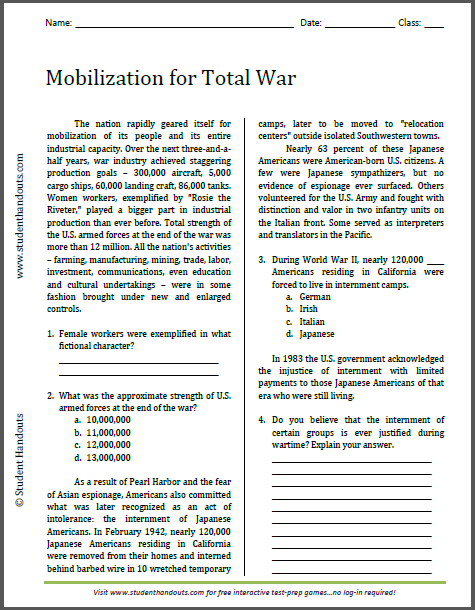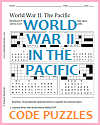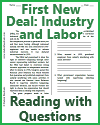| The nation rapidly geared itself for mobilization of its people and its entire industrial capacity. Over the next three-and-a-half years, war industry achieved staggering production goals—300,000 aircraft, 5,000 cargo ships, 60,000 landing craft, 86,000 tanks. Women workers, exemplified by "Rosie the Riveter," played a bigger part in industrial production than ever before. Total strength of the U.S. armed forces at the end of the war was more than 12 million. All the nation's activities—farming, manufacturing, mining, trade, labor, investment, communications, even education and cultural undertakings—were in some fashion brought under new and enlarged controls. |











